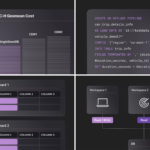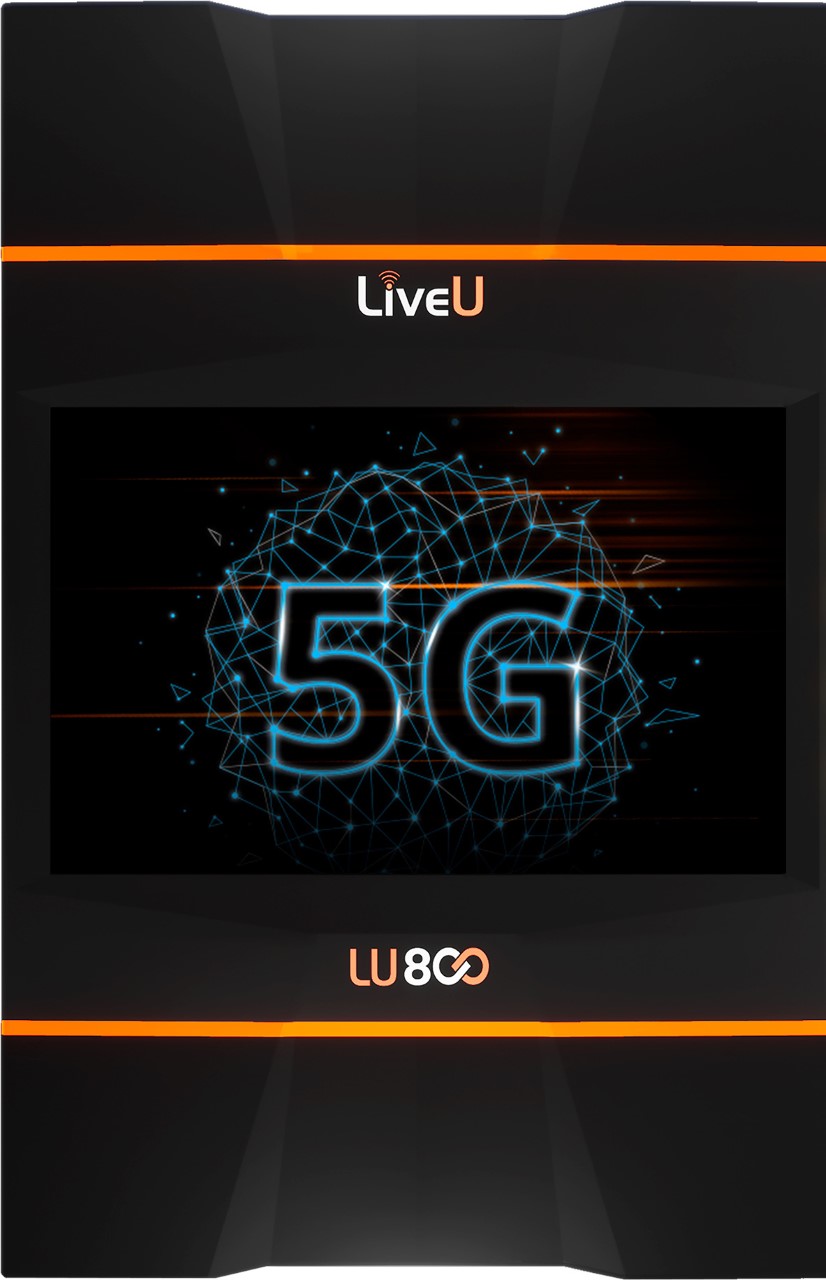In a recent “first”, LiveU tested how 5G slices – the ability to segment a 5G network to provide guaranteed upload bandwidth and latency – can serve global media remote production.
This was done together with Ericsson and RAI as part of the work the three companies are carrying on in the EU 5G-RECORDS* project, designed to develop, integrate, validate and demonstrate specific 5G components in end-to-end 5G infrastructures for professional AV media content production.
In these series of tests, an LU800 PRO portable transmission solution transmitted multiple A/V feeds via an Ericsson 5G Stand-Alone (SA) private (NPN) 5G lab setup in Aachen Germany to the public internet and into the RAI Studio Labs in Turin Italy.
There, a LiveU LU2000 server received the video and outputted it as SMPTE. In the 5G network, one slice was configured to provide approximately 60 Mbps as an uplink-oriented priority over the second slice.
This was set up to provide the remaining capacity, approximately 50 Mbps, on a best-effort basis.
Baruch Altman, AVP Technologies and Projects, LiveU, said: “This was a very important, comprehensive set of tests of network slicing scenarios, providing clearly measurable results.
“The trial also highlighted the key role that LiveU’s IP-bonding will play when it comes to resilient professional production in real-world conditions, including where and when dedicated slices for upload (UL) will be deployed.”
In some tests, the transmission was conducted with a single modem over the uplink-oriented, “guaranteed performance slice”. In others, transmissions used the best-effort slice.
In further tests, the transmission used LiveU bonding of both the uplink-oriented “guaranteed performance” slice and the remaining slice.
Additionally, transmission performance was measured while emulated congestion was applied to the network in parallel to the LU800 PRO uplink transmission.
Altman added: “The tests showed that the LU800 modem was allocated the full 60 Mbps of the “guaranteed bandwidth” slice when it transmitted alone on it, even when UL load was emulated onto the second, best-effort slice.
“However, when the “guaranteed UL performance” slice was then deliberately congested, uplink bandwidth allocated to the LU800 modem for the media production was, as expected, reduced.
“When the LU800 PRO also used a second modem – thus bonding that lower-performing shared “guaranteed UL bandwidth” slice with a completely other (commercial) network – the transmission bandwidth of the LU800 significantly increased and the uplink transmission was sustainable and reliable with high bandwidth.
“Successfully bonding transmissions over two slices, the uplink-oriented “guaranteed bandwidth” bonded with the best effort one, was also demonstrated in these trials.”
Several additional capabilities of the LiveU remote production solution were trialled in this 5G scenario, such as remote audio capabilities (intercom and return audio), remote control of camera iris/shading over the integrated LiveU 5G IP-PIPE remote device control service, and LU2000 SMPTE-2110 A/V output compliance.
Altman said: “LiveU customers are looking for guaranteed bandwidth, latency and reliability and that applies equally in the 5G era as previously.
“It’s unlikely that in real-world, commercial remote productions, using either private or public 5G networks, a high-bandwidth UL-oriented “guaranteed performance” slice will be allocated in its entirety to a single transmitting modem/camera.
“And that’s before accounting for less optimal conditions and coverage, 4K transmissions etc.
“LiveU has played a highly active role in a multitude of 5G trials, alongside real-world uses, so that we’re ready and best positioned to allow our customers to take advantage of any and all 5G developments, network slicing included.
“This trial shows that even in that situation, IP bonding provides a level of resiliency otherwise simply not possible and that’s vital for customers operating in the world of live production.”






